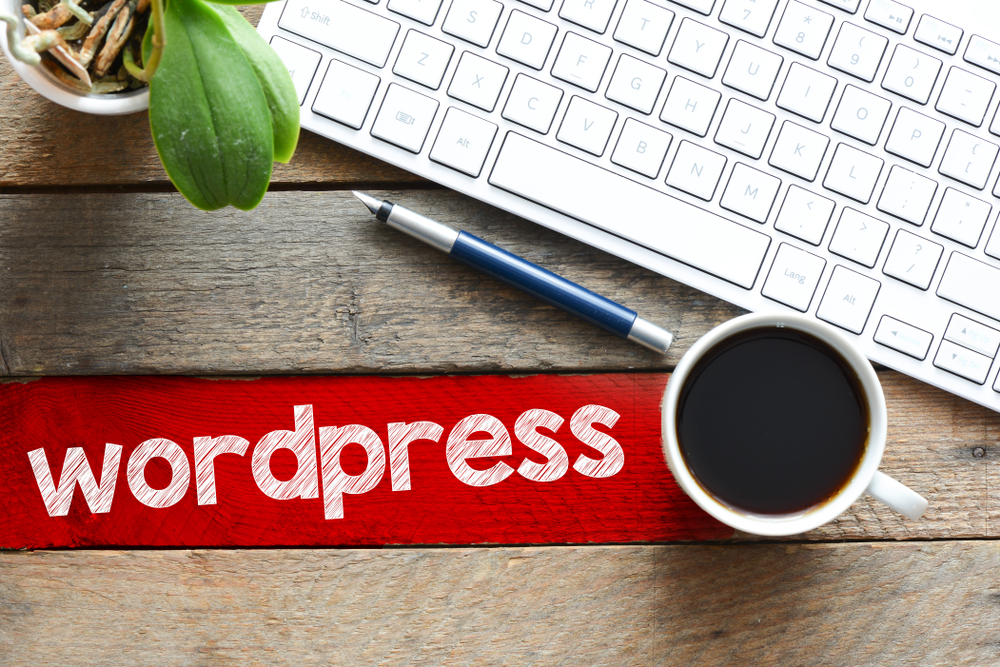
WordPress has emerged as the go-to platform for creating websites, and for good reason. It is incredibly versatile, user-friendly, and offers a plethora of customization options. Whether you are a beginner just starting out or a seasoned web developer, there are always ways to enhance your WordPress skills and make the most of this powerful tool. In this article, we will explore expert tips for customizing and maintaining your WordPress (or WP) website, helping you take your online presence to the next level.
1. Choose a Theme Wisely
One of the first steps in customizing your WordPress (the blogging platform) website is selecting an appropriate theme. With thousands of options available, it can be overwhelming. However, take your time to research and identify a theme that aligns with the goals and aesthetics of your website. Look for themes that offer flexibility, responsiveness, and ongoing support. Premium themes often provide additional features and updates, making them worth the investment.
2. Customize Your Theme
Once you have chosen a theme, it's time to make it your own. WordPress (the platform for bloggers) offers various customization options to personalize your website. Start by customizing the header and footer sections, adding your logo and adjusting colors to match your brand. Utilize the theme's options panel or customizer to fine-tune details such as fonts, layouts, and backgrounds. Customizing your theme will ensure that your website stands out and reflects your unique identity.
3. Plugins: Adding Functionality
WordPress (WP) plugins are essential for extending the functionality of your website. With over 55,000 plugins available, there is a solution for almost any feature or integration you require. However, be mindful of plugin overload, as too many can slow down your website's performance. Choose reliable, frequently updated plugins from reputable developers. Some must-have plugins include Yoast SEO for optimizing your website for search engines, Jetpack for security and site performance, and WooCommerce for creating an online store.
4. Optimize for Performance
A slow-loading website can drive visitors away and negatively impact your search engine rankings. To ensure optimal performance, consider implementing the following techniques:
- Use caching plugins: Caching plugins create static versions of your web pages, reducing the load on your server and speeding up page load times.- Compress images: Large image files can significantly slow down your website. Before uploading images, compress them using tools like TinyPNG or the Smush plugin.
- Minify CSS and JavaScript: Minifying these files removes unnecessary characters and spaces, reducing their size and improving website speed.
- Choose a fast hosting provider: Your hosting provider plays a crucial role in your website's speed. Research and select a reputable hosting provider that offers fast servers and reliable support.
5. Responsive Design
With the increasing use of mobile devices, responsive design is no longer a luxury but a necessity. WordPress themes are designed to be responsive by default, but it's crucial to test your website and ensure its responsiveness across different screen sizes. Tools like Google's Mobile-Friendly Test can help you identify and fix any issues that may hinder the mobile experience. A responsive website will not only provide a better user experience but also improve your website's SEO rankings.
Frequently Asked Questions
Q1: How do I update my WordPress plugins?
A1: To update your WordPress plugins, simply go to the Plugins menu in your WordPress dashboard. If an update is available, you will see a notification next to the plugin name. Click on the "Update Now" link, and WordPress will automatically update the plugin for you.
Q2: Can I change my WordPress theme without losing content?
A2: Yes, changing your WordPress theme does not delete any of your content. However, the appearance and layout may change depending on the new theme's structure. It's always recommended to preview the new theme before making it live.
Q3: How can I improve my website's security?
A3: To enhance your website's security, follow these tips:
- Regularly update WordPress, themes, and plugins to stay protected against vulnerabilities.- Use strong and unique passwords for all user accounts.
- Implement a web application firewall (WAF) to block malicious traffic.
- Install a security plugin like Wordfence or Sucuri to scan for malware and monitor your website.
Q4: Can I add an online store to my WordPress website?
A4: Yes, you can add an online store to your WordPress website using the WooCommerce plugin. WooCommerce is a powerful and flexible plugin that allows you to sell products, manage inventory, and process payments seamlessly.
Q5: How can I optimize my WordPress website for search engines?
A5: To optimize your WordPress website for search engines, consider the following:- Install an SEO plugin like Yoast SEO to create meta tags, optimize content, and generate XML sitemaps.
- Conduct keyword research to identify relevant keywords to include in your content.
- Ensure your website is mobile-friendly and loads quickly.
- Create high-quality, engaging content that adds value to your audience.
In conclusion, mastering WordPress requires continuous learning and experimentation. By following these expert tips, you can customize and maintain your WordPress website effectively. Remember to choose a theme aligned with your goals, utilize plugins for added functionality, optimize for performance, prioritize responsive design, and implement best practices for security and SEO. With WordPress's immense flexibility and your creativity, the possibilities for your website are truly endless.
Other useful resources
- https://www.wordpress24plus.com/wordpress-tools-directory/wordpress-plugins/
- https://www.wordpress24plus.com
- https://en.wikipedia.org/wiki/WordPress
- https://www.wordpress24plus.com/wordpress-tools-directory/